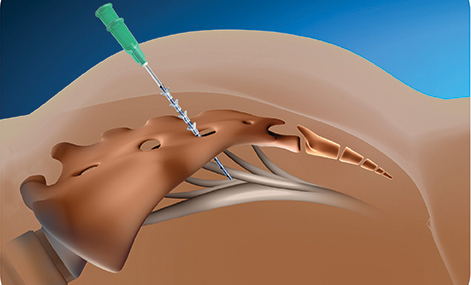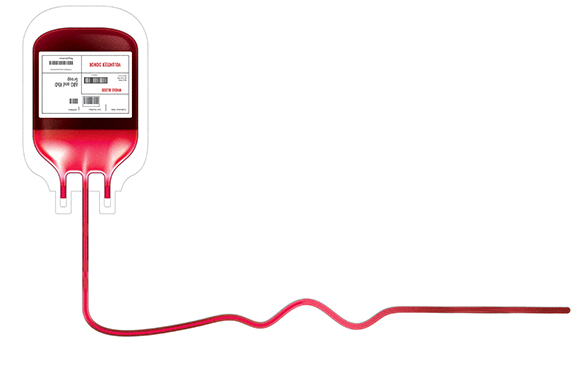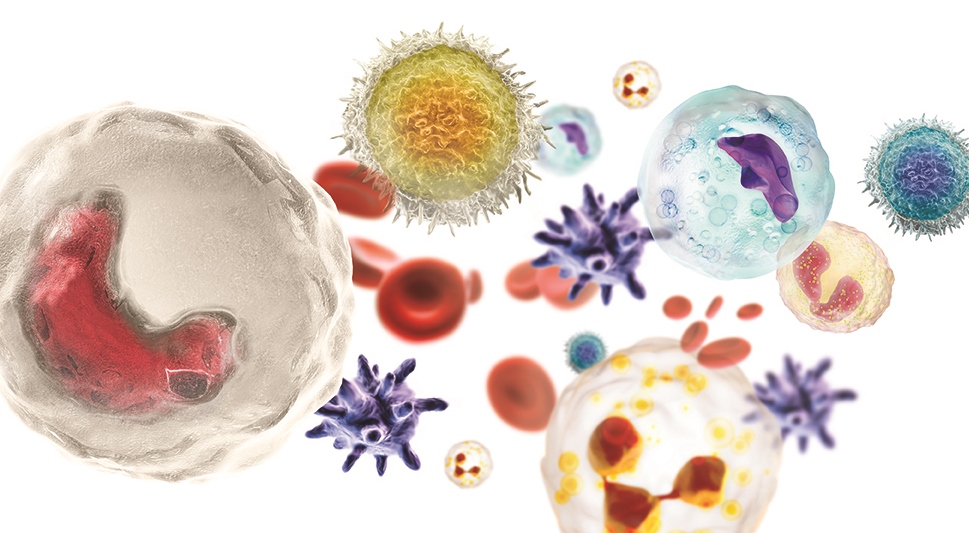Genetic Testing for Pediatric Epilepsy Can Be Complicated but Beneficial
Genetic Testing for Pediatric Epilepsy Can Be Complicated but Beneficial https://pediatricsnationwide.org/wp-content/themes/corpus/images/empty/thumbnail.jpg 150 150 Gina Bericchia https://pediatricsnationwide.org/wp-content/uploads/2021/03/Gina-Bericchia-2-1.jpgApplication of genetic testing in pediatric epilepsy requires understanding of the advantages and limitations of testing modalities The use of genetic testing in pediatric epilepsy is complicated and the list of known epilepsy genes changes almost daily. The steps from a doctor initially evaluating a patient when they first demonstrate the symptoms of epilepsy to genetic diagnosis…






